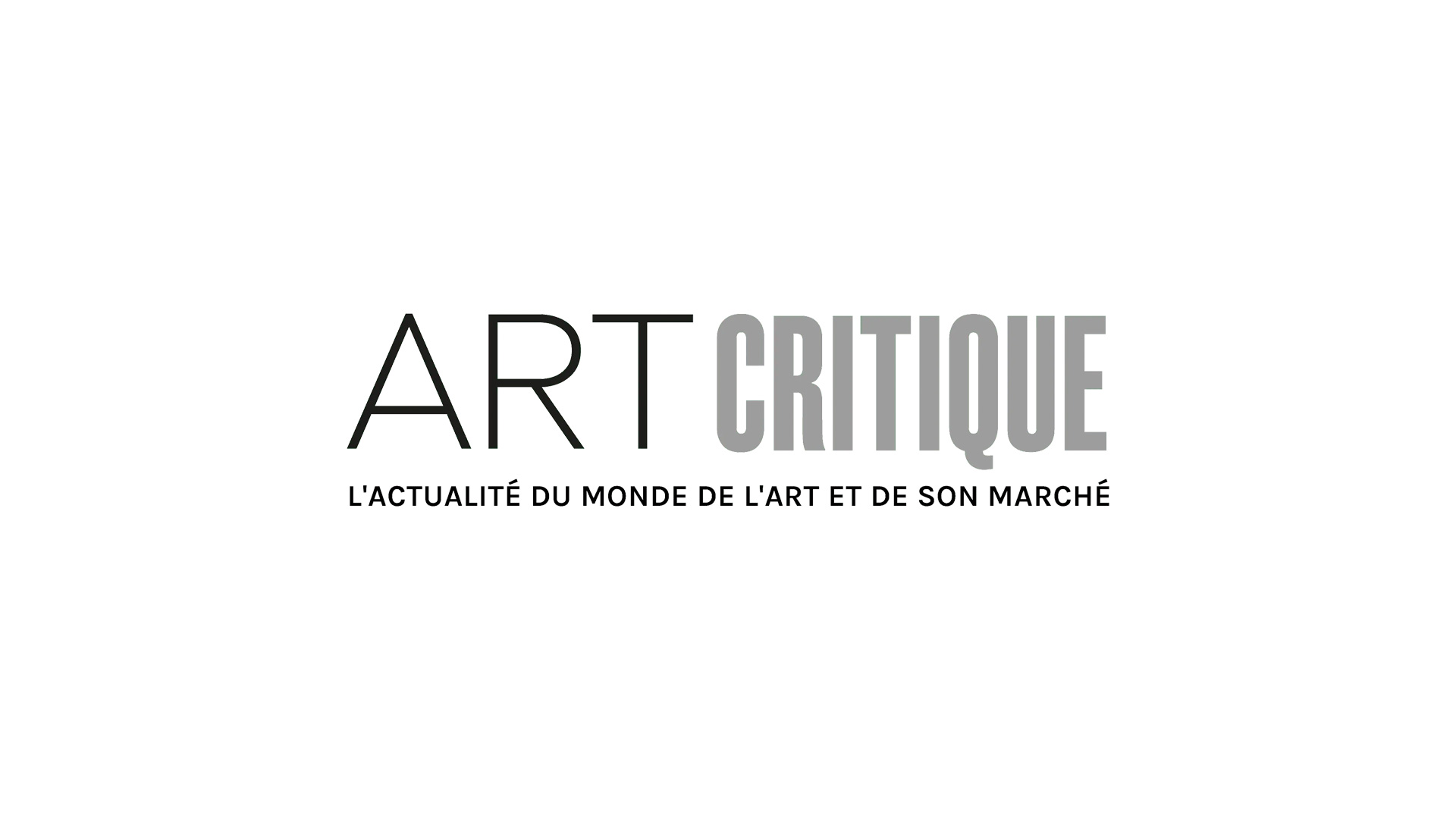Between 1943 and 1951, a special group of militaries called the Monuments Men reclaimed four million of the estimated five million paintings, artworks, books, manuscripts, and various other valuable that were stolen by the Nazis. Their work inspired a 2014 George Clooney movie by the same name, which told a slightly romanticized version of the Monuments Men. Today, the search for such works as those taken during World War II continues to this day as new efforts are made for restitution. Recently, though, the Pentagon announced a new initiative within the US military to further safeguard the culturally significant works, buildings, and sites at risk as wars continue to rage around the globe.
This new sector of the military won’t be tracking down any stolen works but they’ll act on the front line of current wars to help protect major places and artefacts from being destroyed or affected. ‘In conflict, the destruction of monuments and the looting of art are not only about the loss of material things, but also about the erasure of history, knowledge, and a people’s identity,’ said Richard Kurin, an anthropologist at the Smithsonian, at the announcement, which was made at the Smithsonian Institution in Washington last Monday. ‘The cooperation between the Smithsonian and the U.S. Army aims to prevent this legal and moral crime of war.’
https://www.art-critique.com/en/2019/05/one-lawyers-take-on-returning-nazi-looted-artworks-an-interview-with-orna-artal/
According to officials, the plan is to begin training those involved in the initiative in March of next year. They will undergo a five-day intensive at the Smithsonian Institute during which, they will be equipped with information regarding cultural protection, how to work with host nations to better protect museum collections, and no-strike lists in accordance with military doctrine. At the end of the training, it is hopeful that around 25 experts will be ready for deployment.
The new project and unit will be run by Brigadier General Jeffrey C. Coggin, who is the deputy commander of the civil affairs command, and commanded by Major General Darrell J. Guthrie. The initiative has been developed by Colonel Scott DeJesse, a lecturer at the Army War College in Pennsylvania and a painter, and Corinna Wagner, director of the Smithsonian Cultural Rescue Initiative. The goal is that the unit of experts will work alongside the host country as a support to better protect the host country’s heritage. ‘We want the host nation to protect their heritage. They’re the heroes. They save their own day,’ said DeJesse.
The unit falls in step with the efforts made by the 1954 Hague Convention for the Protection of Cultural Property, which seeks to protect the cultural heritage of war-torn countries, from both destruction and looting. The US only joined the Hague Convention in 2009. However, this isn’t the first time a unit such as this has been recommended. The US fell into hot water when in 2003, amidst the invasion of Iraq, the military did not protect the Iraq National Museum in Baghdad, which was subsequently plundered when the city fell. At that time, Matthew Bogdanos, a Marine reserve colonel, formed a less official group that tracked down the looted artefacts, which he wrote about in his 2005 book: Thieves of Baghdad. Now, Bogdanos is serving as the chief of the Antiquities Trafficking Unit, part of the Manhattan district attorney’s office and the only one of its kind. When asked about the new unit, Bogdanos told The New York Times, ‘It was a great idea when I first proposed it back in 2003, and it is even more crucial in today’s world where antiquities trafficking often funds terrorism.’
Hopefully, this new project, in coordination with other like-minded groups around the world will mean the Monuments Men are completely a thing of the past.





